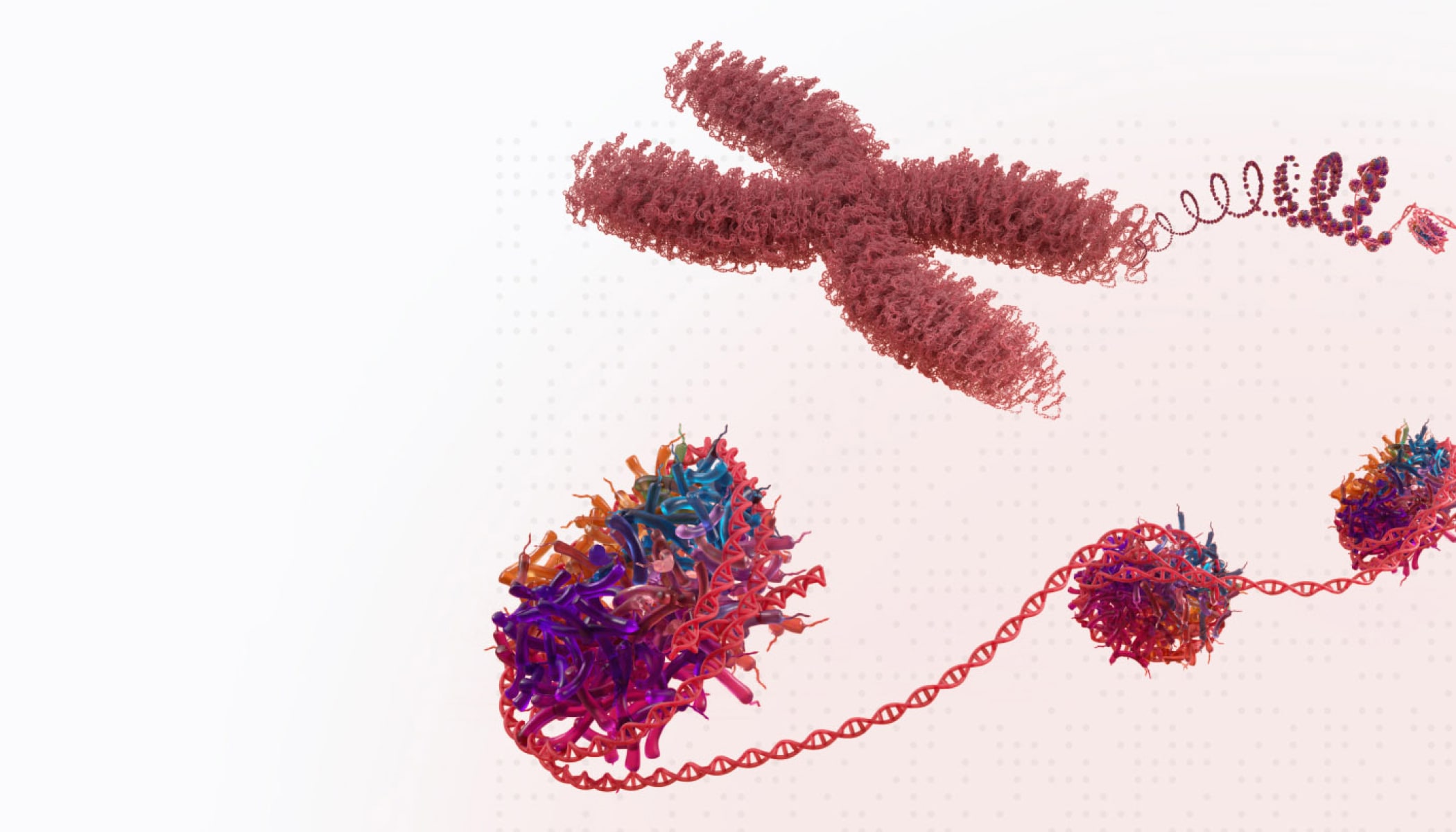| Date | Form | Description | XBRL | Pages |
|---|---|---|---|---|
| 12/11/25 | 8-K | Form 8-K: Current report | 3 | |
| 11/17/25 | 4 | Form 4: Statement of changes in beneficial ownership of securities | 1 | |
| 11/14/25 | SCHEDULE 13G/A | Form SCHEDULE 13G/A: Statement of Beneficial Ownership by Certain Investors | 5 | |
| 11/13/25 | 10-Q | Form 10-Q: Quarterly report [Sections 13 or 15(d)] | 69 | |
| 11/13/25 | 8-K | Form 8-K: Current report | 7 | |
| 11/13/25 | 8-K/A | Form 8-K/A: Current report | 6 | |
| 11/10/25 | 8-K/A | Form 8-K/A: Current report | 7 | |
| 11/07/25 | 8-K | Form 8-K: Current report | 6 | |
| 11/04/25 | 4 | Form 4: Statement of changes in beneficial ownership of securities | 1 | |
| 11/04/25 | 4 | Form 4: Statement of changes in beneficial ownership of securities | 1 |
